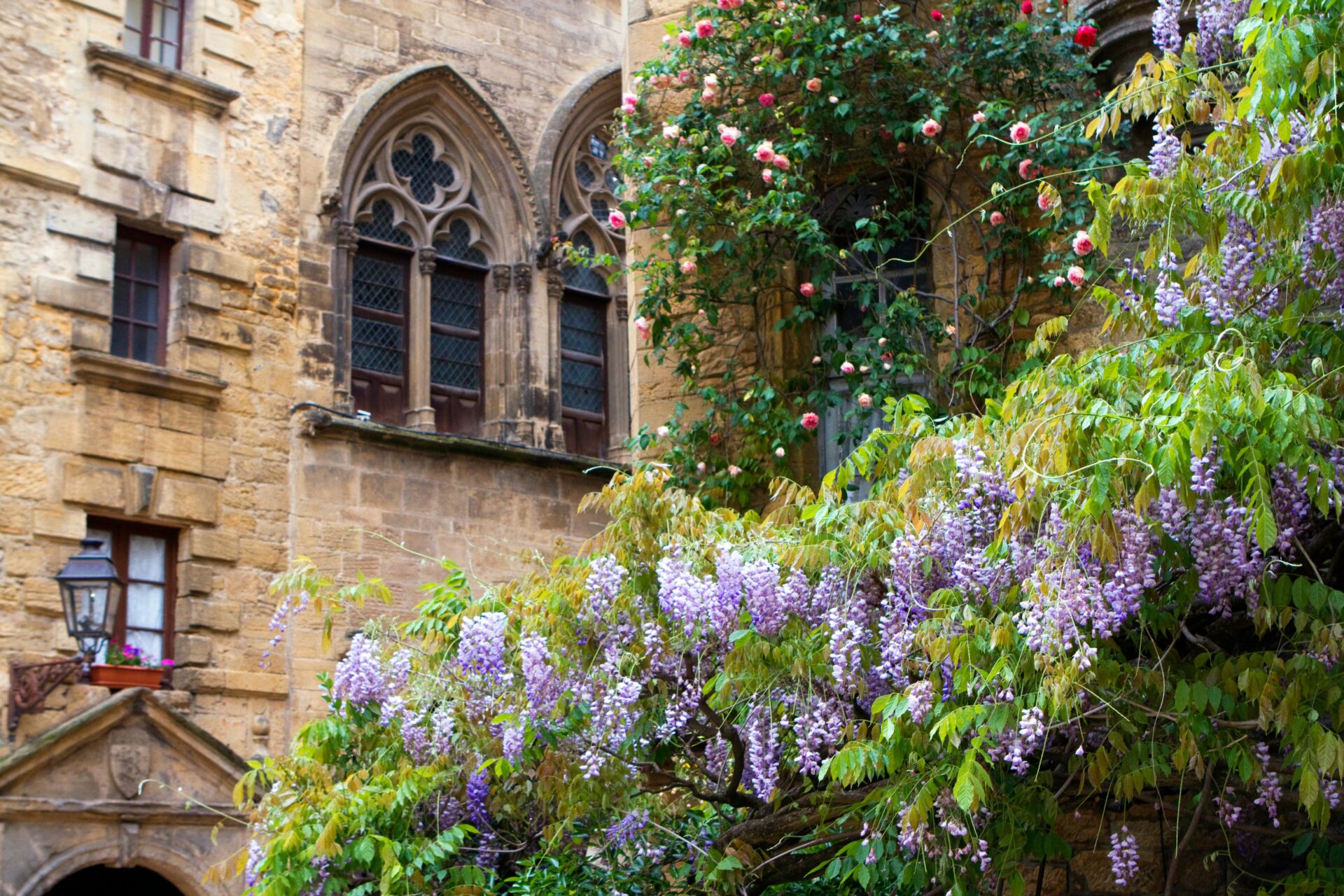Located in the Yvelines region, Montfort-l’Amaury is a French commune that attracts visitors with its historic charm and rich heritage. This destination is perfect for history buffs, culture enthusiasts and those wishing to discover a picturesque environment far from the hustle and bustle of big cities. From its medieval streets to its imposing castle, Montfort-l’Amaury offers a wealth of sights for curious visitors.
Montfort-l’Amaury castle
The Château de Montfort-l’Amaury is probably one of the town’s main attractions. Built in the 11th century by Simon de Montfort, it dominates the town and offers panoramic views over the region. It has been enlarged and fortified over the centuries to cope with the various threats of the time. Today, even partially destroyed, it remains a remarkable example of French medieval architecture.
You can visit the Montfort-l’Amaury website for more information on visiting the château and other local attractions.
Saint-Pierre church
At the foot of the château is the church of Saint-Pierre. This monument is a fine example of Gothic art. Built between the 11th and 16th centuries, it boasts numerous works of sacred art, as well as remarkable stained glass windows that attract numerous visitors and worshippers every year. The church’s interior is equally magnificent, with its imposing vaults and ancient statues.
The church’s artistic treasures
St. Peter’s is not just a religious building, but a museum of religious art. The main altarpiece, dating from the Renaissance, and the sculptures and paintings adorning the walls and side chapels are among the most important pieces. Thanks to them, this building is a veritable artistic and spiritual treasure trove.
Montfort-l’Amaury cemetery
The Montfort-l’Amaury cemetery is also worth a visit, close to the church. It’s not just a place of eternal rest, but a tranquil spot where you can wander among the ancient tombs and read captivating stories. In particular, it houses the tomb of French composer Maurice Ravel, adding a cultural dimension to the visit.
The cemetery is also home to numerous historical monuments and the graves of local personalities who have left their mark on the town’s history. A stroll here offers an immersion in past centuries and a better understanding of Montfort-l’Amaury’s evolution over the centuries.
Anne-de-Bretagne Tower
The other fortress of this medieval town is the Anne-de-Bretagne tower, at the top of the hill. It was built by François I in the early 16th century. It was frequented by the French queen Anne de Bretagne. He stayed in the tower during his stays in Montfort-l’Amaury. Today, although only the tower has been preserved, it remains a historic landmark offering a panoramic view of the town and its surroundings.
Savigny-Lévesque Museum
Montfort-l’Amaury also boasts a local history museum, the Musée Savigny-Lévesque, housed in an old bourgeois house. The museum features permanent collections devoted to the history of the town and its famous inhabitants, such as Jean Monnet. Temporary exhibitions highlight different aspects of Montfort-l’Amaury’s cultural and social life.
– Local arts and crafts
– Historical archives and rare documents
– Temporary exhibitions on various themes
Groussay Gardens
Nature lovers won’t be disappointed by the Groussay gardens. Located on the outskirts of the château, these gardens are renowned for their botanical diversity and scenic beauty. They offer an ideal space for a quiet stroll, far from the noise and stress of everyday life.
A walk in the heart of greenery
The gardens at Groussay feature a variety of plants and flowers that change with the seasons. Whether it’s spring with its colorful blooms or autumn with its yellowing leaves, every visit is a new discovery. Winding paths, sculpted groves and water features add a romantic touch to this green getaway.
Jean Monnet’s hunting lodge
Finally, a visit to Montfort-l’Amaury would not be complete without a visit to Jean Monnet’s hunting lodge. Jean Monnet, one of the founding fathers of the European Union, used to retreat to this pavilion to think and write. Now transformed into a museum, the pavilion recounts the life and achievements of this key figure in contemporary history.
The pavilion houses Jean Monnet’s personal objects, his writings and historical documents relating to the founding of the European Union. These objects make it easier to grasp the principles and ideals that guided Monnet in his quest for a united and peaceful Europe. It’s an enriching place for visitors with a passion for European history.
Image: Unsplash, Kamala Bright












